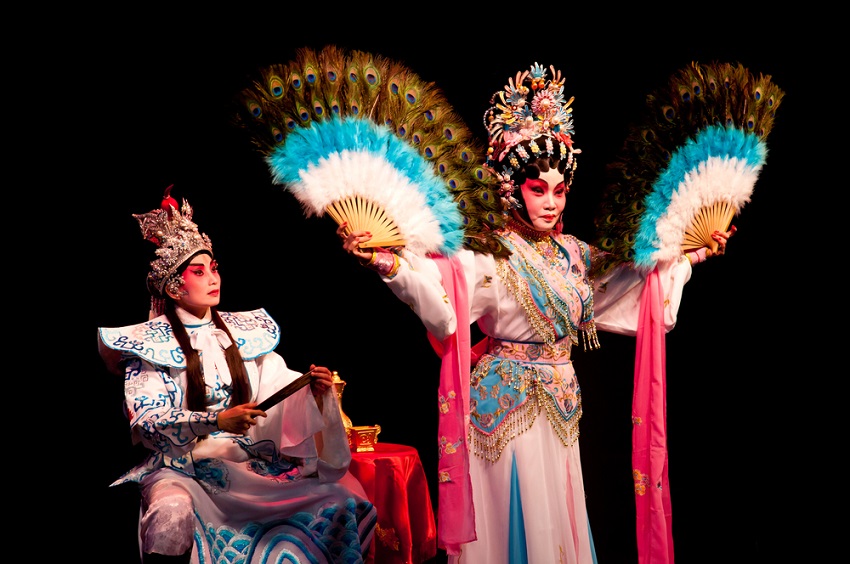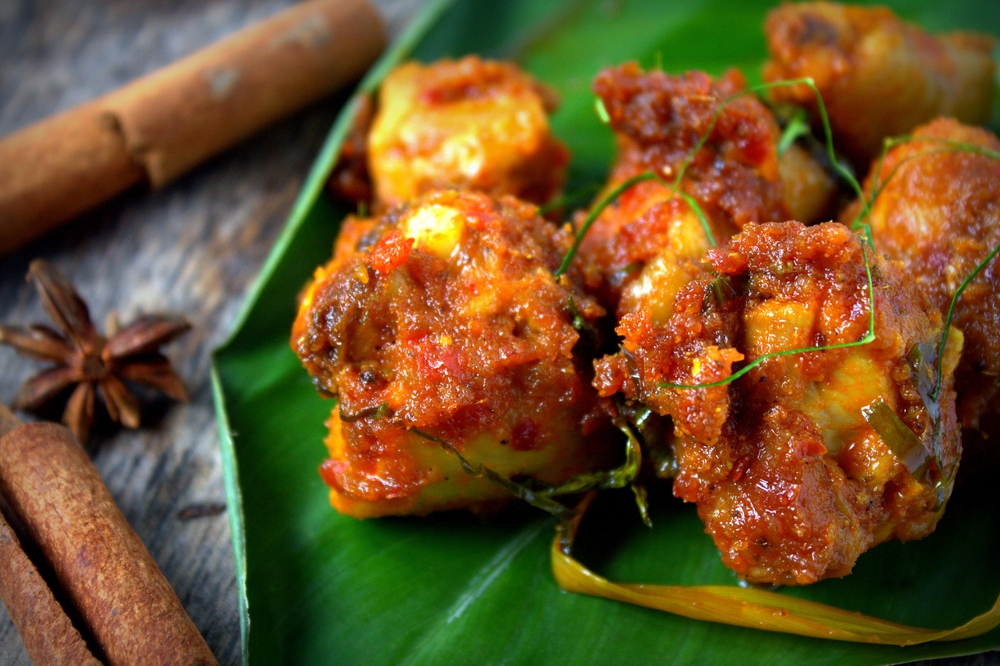Singapore - performing arts
Singapore is land of diversity with different ethnic groups, so its various cultures forges a multicultural society. However, each of the ethnic groups so far has succeeded at maintaining their cultural uniqueness. Singapore declared its independence and became Republic of Singapore in 1965. It thus has claimed its sovereign state for only 50 years making it difficult to form one unified culture. Singapore is rather multicultural, but, in general, the culture of the oversea Chinese settling on Singapore Island is the most influential culture. Religious influences of the Buddhists, Christians, Islamic, and Hindus also play a vital role in defining Singaporean folk arts by balancing the meaning of folk arts not to lean too much on each side.
The quest for its identity search is still ongoing. Though Singapore is searching for a shared identity among diverse cultures, their roots never fade away making it difficult to forge the Singaporean identity. It is just a matter of time when all cultures merged together and its true self will be born with a complete definition of Singaporean arts. (ปิยะแสง จันทรวงศ์ไพศาล, 2558, หน้า 377-378)
Chinese arts and performances
Lion Dance
The Lion Dance is a part of the Chinese New Year celebrations around the world. The Chinese in Singapore mostly are the descendants of the Southern Chinese in China, so the Lion Dance patterns and the head of the Lion have references back to the southern source. The South Lion is created by bamboo sticks and other local materials such as papers, silk cloths, metals, silver and gold pellicles sewn up all together. The lion head part is built according to Fujian, Teochew and Guangdong fashion. (ปิยะแสง จันทรวงศ์ไพศาล, 2558, หน้า 378-379)
The Lion Dance is liveliest when the drums roll with a sound of firecrackers on the background. A group of lion dancers around 10 people carry the Lion’s head and walk into shops in Chinese neighborhood. They would stop in front of the shop and perform the Lion Dance as the shop owners give the sticky rice cakes and red envelopes with money inside to the Lion. The dancers receive it and start a round of farewell performance before moving to the next shop. (ศรีมหาโพธิ์, 2542, หน้า 120-121)
Chinese Wooden Puppet
In the past, the Chinese Wooden had been part of funeral shows or dispelling bubonic plague rituals. Later during the late Han Dynasty, it was featured in auspicious ceremonies. However, the Chinese Wooden Puppet featured in funeral ceremonies continued to show until Ming Dynasty during which the Chinese Rattle, Bu Dai Xi or Za Zhong Xi was emerging. This kind of play was flourishing in Quan Zhou, Fujian and is still popular in Taiwan especially among the Fujian people. These days this ceremony can be seen in Singapore such as a ceremony of releasing souls from purgatory at Pu Jie Si Temple.
There has been no clear evidence of when Bu Dai Xi started spreading in Singapore. Though Chinese opera performances in theater today have higher rates of payment, the problem with it is that nobody wants to pay for higher costs. There are slim chances they can perform. Moreover, each of the Chinese opera performances takes a long time to practice and prepare regarding rhythm, vocals and dancing patterns. Unlike the Chinese Puppet, it is more convenient.
If one can sing along the performance, it is only a short period of time for them to practice manipulating the puppets. The hiring cost for the Chinese Wooden Puppet is also half-cheaper, so people prefer hiring it. Its performing stage is casually built with a one-meter scaffold covered with canvas, but both sides of the stage are left open. The setting on the background stays permanent for every story they perform. In the past, after the harvesting season, people would hire this kind of performance to celebrate and express gratitude towards the Earth providing fertile soil for them.
Unfortunately, in present time people do not prefer the Chinese Wooden Puppet anymore. The performances at day time are for the gods staying at that shrine while the night-time performances attract people if the performers are well-known. (พรพรรณ จันทโรนานนท์, 2528, หน้า 74-81)
Malay arts and performances
Bangsawan is a singing performance like European opera. It is very popular in Singapore. The singers/performers sing and act with dance expressions along the music conveying feelings and emotions of the characters they are playing. The audiences enjoy it so much. The singers/performers dress in colorful clothes and the singing performance is known as Bangsa.
Bibliography
ปิยะแสง จันทรวงศ์ไพศาล. (2558). ศิลปะอาเซียน (อินโดนีเซีย มาเลเซีย ฟิลิปปินส์ สิงคโปร์ และบรูไน). กรุงเทพฯ: จุฬาลงกรณ์มหาวิทยาลัย.
พรพรรณ จันทโรนานนท์. (มิถุนายน 2528). ปู้ไต้ซี่ งิ้วหุ่นกระบอกของชาวจีนฮกเกี้ยนที่สิงคโปร์. ศิลปวัฒนธรรม, 74-81.
ศรีมหาโพธิ์. (2542). ประเพณีธรรมเนียมจีน. กรุงเทพฯ: เคล็ดไทย.





